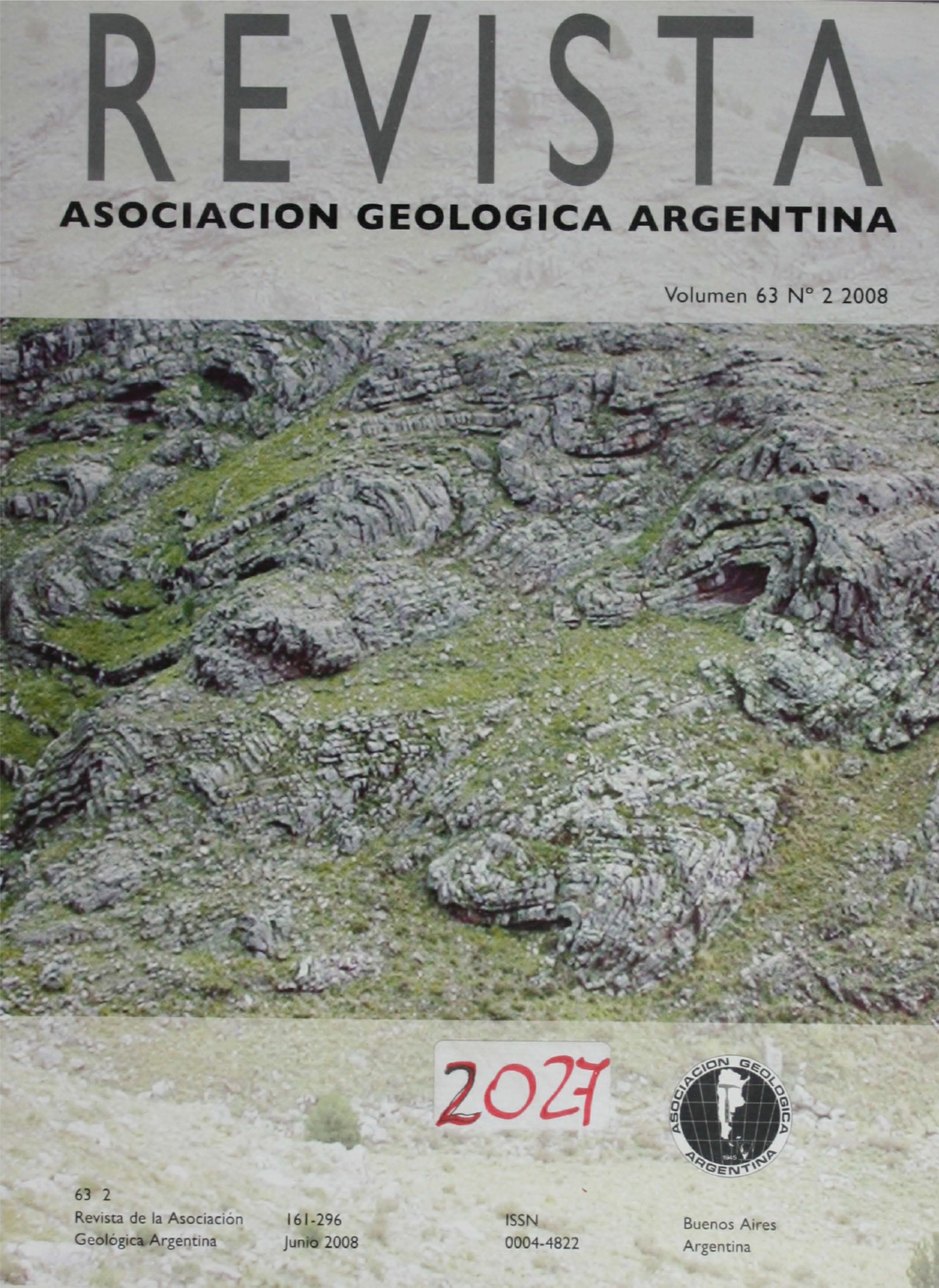Structural control on the distribution of uranium mineralizations of the Choiyoi cycle, San Rafael Massif, Mendoza
Main Article Content
Abstract
The main mineralizations of the Sierra Pintada uranium district, San Rafael Massif, Mendoza, are associated with the Choiyoi volcanic province. In the lower section of this magmatic cycle uranium deposits hosted by epiclastic sandstones are predominant. In the upper section, small vein-type deposits of low economic significance are found instead. During the emplacement of these Permian volcanic and sedimentary sequences two different stress regimes, which conditioned the mineralizing systems, were dominant: transpressional (San Rafael orogenic phase) and transtensional (post-orogenic stage). A strain fabric analyses was performed in an attempt to evaluate the control exerted by the structures in the distribution of the uranium mineralizations during these two stages of deformation. So that, a contribution to a better understanding of the genesis of these deposits will aid to the generation of new exploration guides for uranium in the Choiyoi province. In the case of the deposits related to the lower Choiyoi, three orders of magnitude could be defined for the structural control. The fabric of the structures determining the distribution of these mineralizations reflects the structural grain of the San Rafael orogeny. The deposition of uranium hosted by the upper Choiyoi sequences was directly or indirectly influenced by the structures generated under the post-sanrafaelic stress field.
Article Details

This work is licensed under a Creative Commons Attribution-NonCommercial 4.0 International License.
Nota de copyright
Los autores conservan los derechos de autor y garantizan a la revista el derecho de ser la primera publicación del trabajo licenciado según una licencia de atribución Creative Commons que permite a otros compartir el trabajo con el reconocimiento de la autoría y de la publicación en la que se publicó por primera vez.
Declaración de privacidad
Los nombres y direcciones de correo electrónico introducidos en esta revista se usarán exclusivamente para los fines declarados por esta revista y no estarán disponibles para ningún otro propósito u otra persona.

